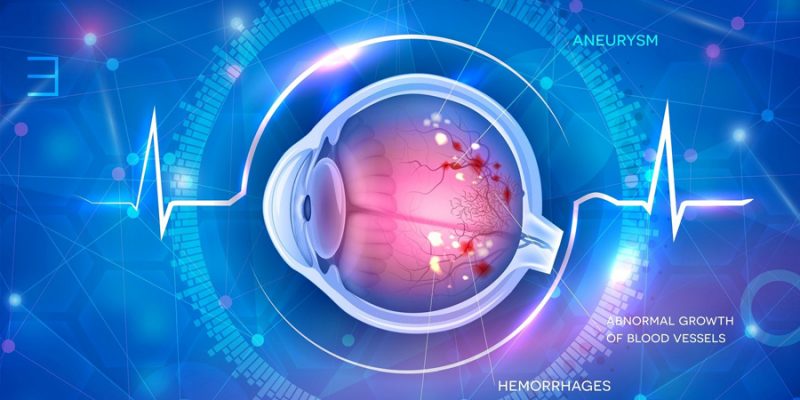
Healthtech’s AI Automation has achieved such heights which could now prevent Blindness due to Diabetes
Health tracking devices and electronic health records combined with AI and Machine Learning (ML) technologies will not only pave the way for efficient chronic disease management but will also lead to the emergence of efficient clinical decision support systems to meet the needs of patients and physicians. A shining example of the use of AI in Healthcare IDX-DR.
What is IDX-DR?
IDX-DR is an AI diagnostic system that detects diabetic retinopathy patients on its own (including macular edema). It can identify if a person has diabetic retinopathy that is more than moderate in minutes. Because such situations account for just around 10% of persons with diabetes, ophthalmologists will have to evaluate many fewer people with this AI approach.
Need for IDX-DR
Visual loss and blindness are the two complications that diabetics fear the most. Diabetic retinopathy (DR) is the leading cause of blindness and vision loss in working-age men & women in the United States, claiming the lives of over 24,000 individuals each year. Regular eye exams are essential for diagnosing DR early on when it may be treated with the best prognosis and has led to significant reductions in vision loss and blindness. Despite this, fewer than half of diabetic patients follow the recommended plan of eye exams, and adherence has remained unchanged over the previous 15 years despite widespread attempts to improve it.
Patients with diabetes should receive a diabetic retinal exam once a year or twice a year, however, many healthcare systems report just 50% or less compliance with this critical quality parameter. Exam compliance rates for diabetic retinopathy are at an all-time low, and many health systems are struggling to develop ways to close this gap in treatment. We can now remove barriers to access and assist more individuals finish their exams using point-of-care diabetic retinopathy screening.
Autonomous AI diagnostic system
IDX-DR is an AI system with two fundamental algorithms: an Image Quality AI-based algorithm and the Diagnostic Algorithm itself.
Image quality algorithm:
The image quality algorithm has been implemented as multiple independent detectors for retinal area validation, focus, color balance, and exposure, and is used interactively by the operator to detect sufficient image quality for the Diagnostic algorithm to rule out (or in) mtmDR in seconds, maximizing the number of subjects that can be imaged successfully. It takes four retinal pictures as input and outputs if the quality is enough and, if not, whether the problem is related to the field of vision or image quality.
Diagnostic algorithm:
It’s a clinically-inspired system, thus it contains independent, verified detectors for DR-related lesions like microaneurysms, hemorrhages, and lipoprotein exudates, which are then merged into a disease-level output using an independently trained & validated machine learning approach. Except for the microaneurysm detector, which is a multiscale feature bank detector, the detectors were constructed as multilayer convolutional neural networks (CNN).
Features of IDX-DR
IDX-DR is programmed to seek for and make judgments based on clinical disease detectors similar to those used by eye doctors. IDX-DR has also been trained and verified on over 2 million photos to reduce bias and ensure that the system performs equally effectively for people of all sexes, races, and ethnicities. IDX-DR saved 91 percent of needless specialty visits in a critical clinical study by obtaining a result that was negative for diabetic retinopathy (including macular edema) at the point of care. To ensure patient safety is a top concern, IDX-DR was verified against outcomes for patients using a proxy outcome measure. IDX-DR was used to refer to 100 percent of patients with at least substantial diabetic retinopathy and also more than 96 percent of patients with diabetic macular edema in the pivotal clinical study. Diagnostic results are received at the point of care within a few seconds saving a lot of time.



















